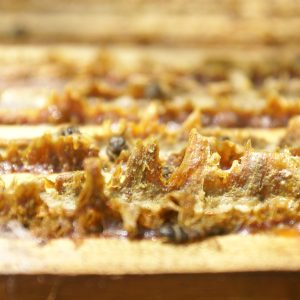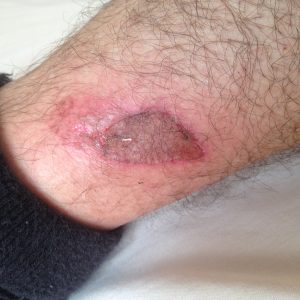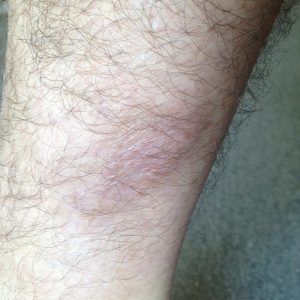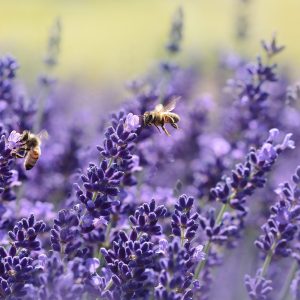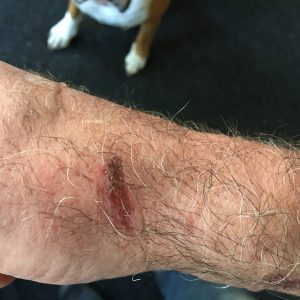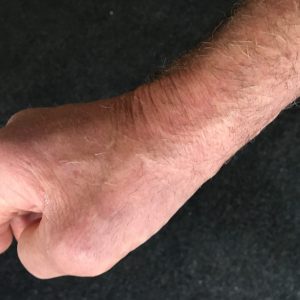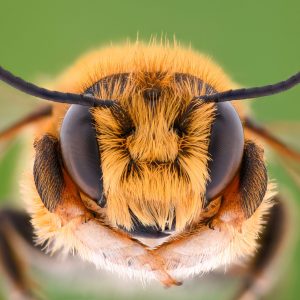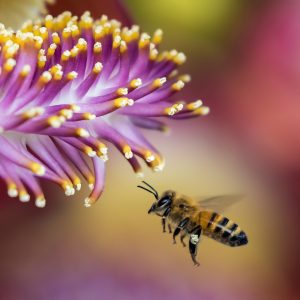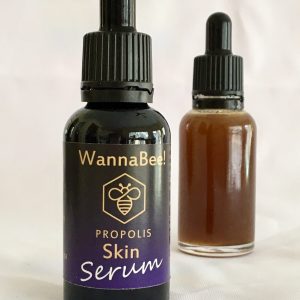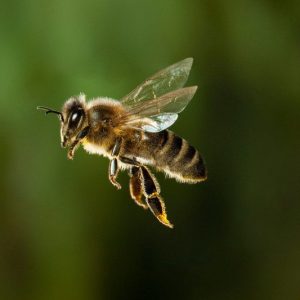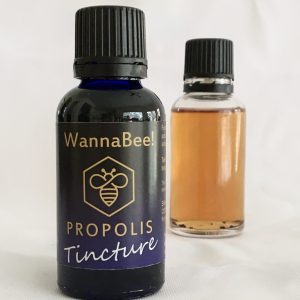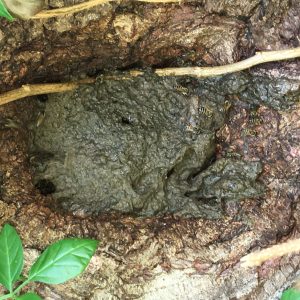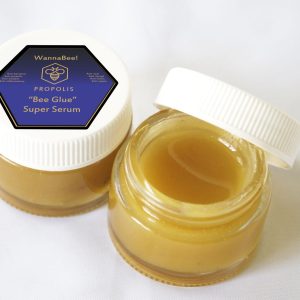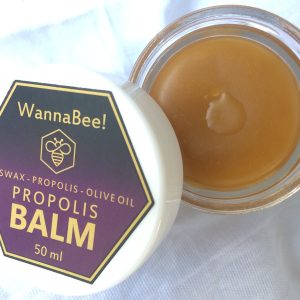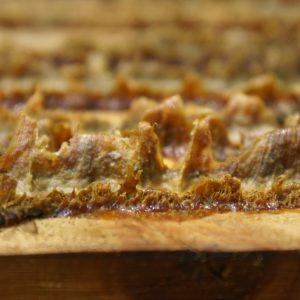About Wannabee
My Story....

Started beekeeping as a hobby in 2012 and soon found myself doing retrievals from people’s properties. I built my apiary up to about twenty swarms and started spinning honey for the family. Besides the blessing of having pure honey, I discovered this sticky blackish brown substance called propolis. The smell was amazing and aromatic. Something I had never smelled before in my life. This was gold!
After much research on propolis and its benefits, I stared harvesting and processing it into products and in the process cured myself from bad psoriasis on my back.
Today I supply many private persons and bee shops, health shops, doctors and so on.
My Propolis products are made by myself from start to finish and are of the highest saturation and quality you can hope for.
Bees have hardly any immune system – propolis is their immune system, their protector!
Thanks for the support
Regards .… Norman C. Venn
What is Propolis?
Scientists believe that the content of vitamins, minerals and amino acids in Propolis contain nearly enough of all the nutritional elements needed to sustain life.
In ancient Greece, Propolis is made up of two words … “Pro” (before) and “polis”
(city) meaning … “defender of the city”. Propolis is a resinous mixture that honey bees collect from tree buds, sap flows, or other botanical sources. It is used as a sealant for unwanted open spaces in the hive. Propolis is used for small gaps, while larger spaces are usually filled with beeswax. Its color varies depending on its botanical source, the most common being dark brown. Propolis is sticky at and above room temperature, 20 °C. At lower temperatures, it becomes hard and very brittle.
Apart from making honey and wax, bees also make propolis by collecting the sap and resin of coniferous tree leaves, flowers and leaf buds of particular plants. The bee then adds some of it’s own wax to the sap to create a sticky gel which is then applied to the entire inside of the hive as a sterilisation coating and defense against intruders and rough weather conditions.
It is also used to inhibit the growth of harmful pathogens, such as bacteria and fungus in and around the hive.
Propolis is .. A natural Anti-Biotic and is an instant natural anesthetic!
It is Natures provision to combat …
Parasites, Inflammation, Bacteria, Fungi and Viruses.

What is propolis used for?
Propolis Serum is used for … eczema, psoriasis, minor burns, acne, rashes, inflammation, pimples, cancer spots and skin blemishes. There are over 30 different flavonoids in propolis which improve blood circulation and encourage fresh pigment replacement. This process also results in wrinkle smoothing and healthier looking skin.
The Serum is an instant natural local anaesthetic!
Propolis Tincture is taken orally and is used for ulcers in the mouth or stomach, bleeding gums, colon cleansing, immune system builder, arthritis, and can even be used externally on venomous insect bites or burns.
Interested?
How is propolis applied and used?
Propolis can be used externally as a Serum or internally as a Tincture.
Persons that are allergic should do a topical allergy test on the skin before using Propolis.
The Serum used topically (external use).
The Serum is made from pure bee propolis that is processed into a powder and dissolved into pure Virgin Olive Oil.
The Serum can be applied with a finger or with a swab, directly to the skin surface or effected area several times a day.
The Tincture is made from pure bee propolis that is processed into a powder and dissolved into 43% proof alcohol.
The Tincture dosage is 10 to 15 drops per day on the tongue or diluted in fruit juice or water.
Wannabee! Propolis Serum and Tincture are both super saturated solutions with no dilution, ensuring the user maximum possible benefit from the product.
If any adverse effects are experienced, then the user should discontinue the use of the tincture.

